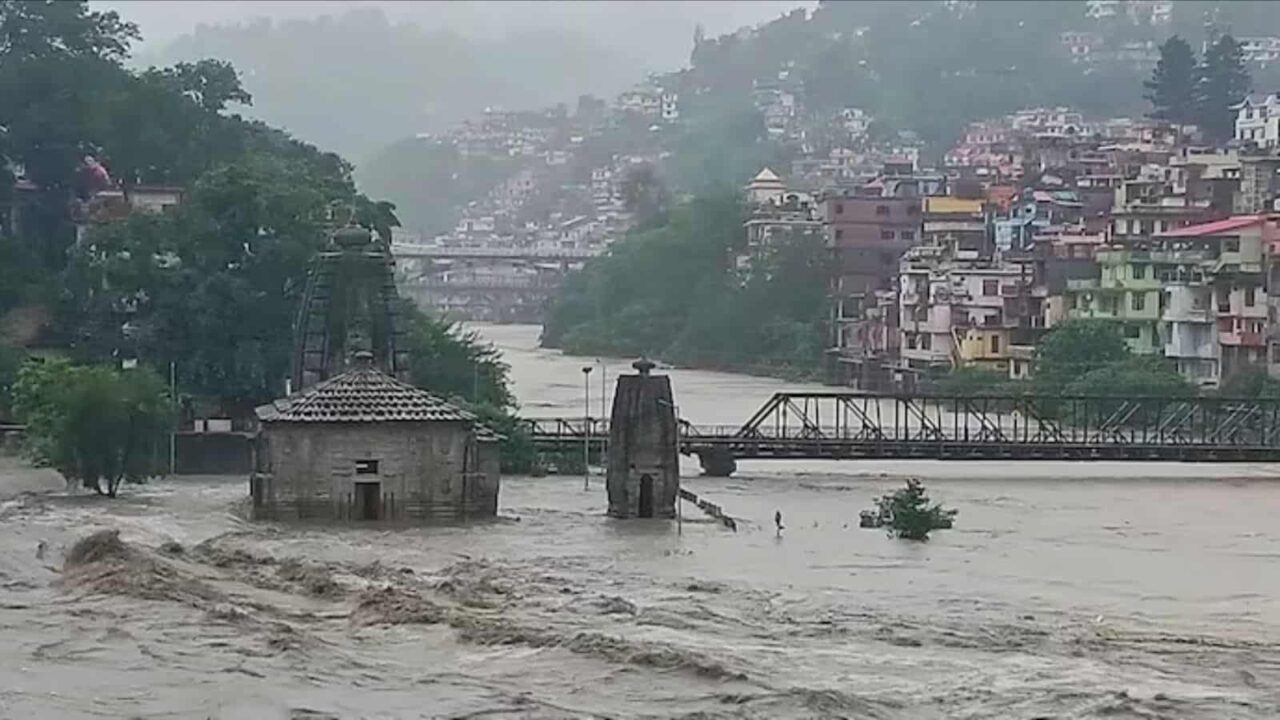Monsoon 2023: The southwest monsoon season of 2023 concluded on Saturday with 6 per cent less precipitation than normal. That has classified the June to September season as “below-normal”, as cumulative rainfall was 94 per cent of the long-period average (LPA). During the four-month monsoon season, data from the India Meteorological Department indicate that Himachal Pradesh had the greatest number of floods and heavy rain events (123), while Bihar had the highest number of lightning strikes (85).
Monsoon 2023: Himachal Pradesh Records Highest Number of Floods and Rain Events
According to data from the state administration, Himachal Pradesh has already experienced 180 instances of landslides and flash flooding. The 157 per cent increase in rainfall is primarily responsible for these disasters. The inability of the Himalayan mountains, their soil, and their vegetation to absorb the excess water has caused landslides and soil erosion.
During road enlargement, unscientific slope cutting and detritus disposal into the Beas and Sutlej rivers have contributed to the crisis by increasing water levels and flooding riverbanks. In cities such as Shimla, Dharamshala, Manali, and Mandi, illegal building practices have caused home collapses and landslides. This is exemplified by the 11-story Himachal High Court building, which exceeds the National Green Tribunal’s recommended maximum of 2.5 stories by a wide margin.
The geological strata of the region have been further undermined by blasting for the construction of hydroelectric projects and tunnelling for highways and power projects.
Professor ON Bhargwa, a renowned geologist, asserts that the Himachal Pradesh calamity is more man-made than natural. He contends that concrete structures on riverbanks impede natural seepage processes, causing inundation and altering river courses. During recent floods in Himachal Pradesh’s Kullu and Mandi districts, the River Beas, for instance, altered its course in multiple locations.
Monsoon Nutrition: What to Eat to Stay Healthy and Fit In This Season
Professor Bhargwa also attributes the disaster’s escalation to the unscientific enlargement of roads and the disposal of debris into rivers. He observes that the Himalayan rivers, which formerly flooded only when snow retreated, have become unpredictable due to the construction of roads and hydroelectric projects. The temperature in the Hindu Kush Himalayas is rising, according to estimates from the Union Ministry of Earth Sciences, causing diminishing snowlines and retreating glaciers.
The devastation to Himachal Pradesh’s public infrastructure is estimated at Rs 7,000 crore. In addition to over 1,400 roads, hundreds of potable water systems and power supply lines are impacted. In many regions of the state, roadblocks have caused shortages of petroleum, vegetables, milk, and bread, among other necessities. Landslides have blocked an estimated 950 roads, including the Chandigarh-Manali National Highway, disrupting state transport buses on approximately 2,100 routes and stranding locals.

















